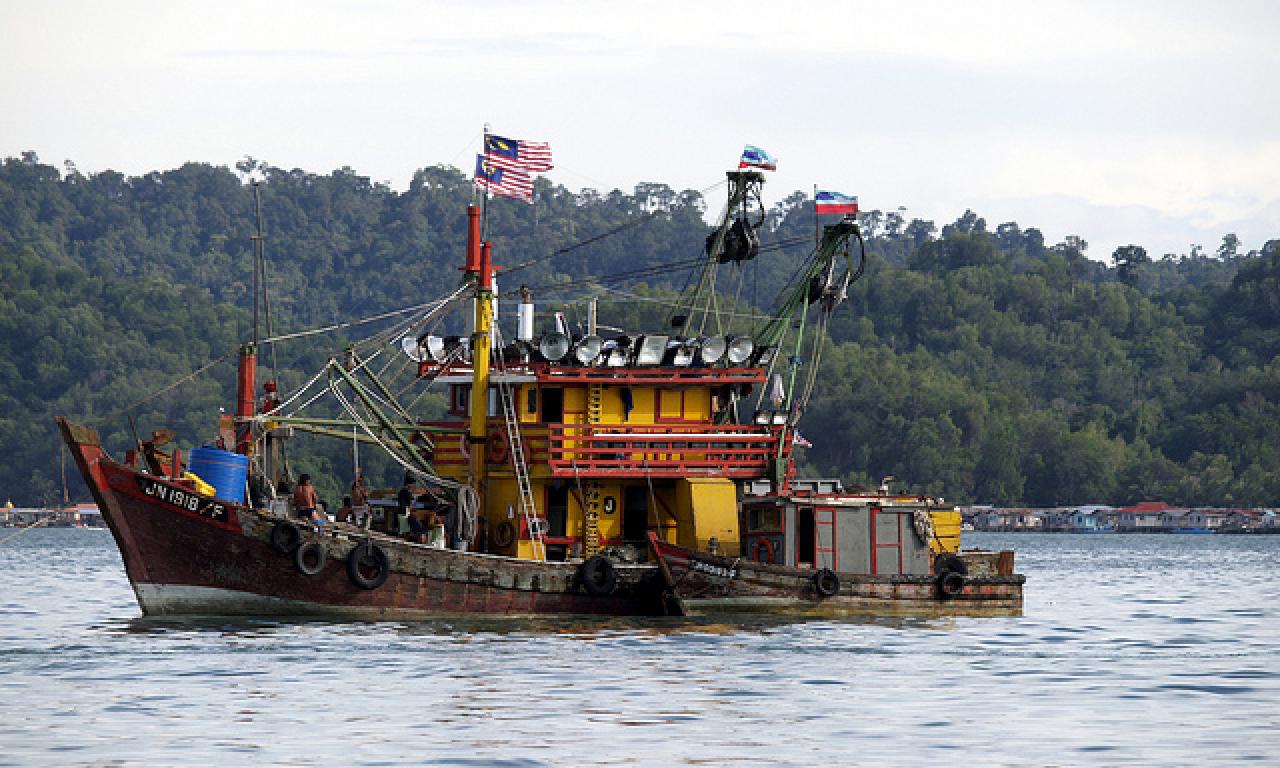
After 18 months of analysis and consultation, the Global Ocean Commission has released its report, “From Decline to Recovery: A Rescue Package for the Global Ocean”. The Commission is a high level initiative aimed at reversing degradation of the ocean and restoring it to full health and productivity. Its focus is on the high seas, the areas that lie outside the jurisdiction of individual governments.
Recommended publications
- Communication strategies for managing coastal fisheries conflicts in Bangladesh
- Resilient livelihoods and food security in coastal aquatic agricultural systems: Investing in transformational change
After 18 months of analysis and consultation, the Global Ocean Commission has released its report, “From Decline to Recovery: A Rescue Package for the Global Ocean”. The Commission is a high level initiative aimed at reversing degradation of the ocean and restoring it to full health and productivity. Its focus is on the high seas, the areas that lie outside the jurisdiction of individual governments.
The report offers eight proposals for action:
- Establish a United Nations Sustainable Development Goal (SDG) for oceans
- Strengthen high seas governance
- End harmful subsidies for high seas fisheries
- Tackle illegal, unregulated and unreported fishing
- Reduce plastics pollution
- Establish binding safety standards for offshore oil and gas
- Establish a global ocean accountability commission
- Create high seas regeneration zones
Each of these proposals is both desirable and necessary, but we should recognize the limitation that comes from restricting action to the high seas. Despite occupying 64% of the ocean surface, it is the remaining 34%, waters that lie within 200 miles of the coast and fall under national jurisdiction, that face the greatest threat.
These nearshore waters are also the ones that provide us with the greatest economic benefits. In the case of fisheries, for example, the high seas only provide about 12% of global marine catch and only 10 nations fish there.
There are, however, several ways in which the recommended actions for the high seas can have positive spill-overs for waters nearer shore.
Create an SDG for the oceans
If UN member states and other stakeholders agree to a standalone SDG for the oceans, as the Commission recommends, it should expand the scope of as many targets as possible to include coastal seas.
Improve high seas governance
Several of the recommendations under the proposal, if implemented, could help governance of coastal waters. For example, the infrastructure and systems needed to implement the Port State Measures Agreement will likely simply the challenge of ensuring legislative compliance by coastal fisheries. Similarly, support to improve the effectiveness of regional fisheries management organizations will also benefit national fisheries by improving overall management capacity.
Prevent overfishing by ending harmful fishing subsidies
Subsidies that make otherwise unprofitable fishing viable can lead to overfishing whether in high seas or coastal waters. Efforts should focus on the removal of all harmful subsidies.
Tackle illegal, unreported and unregulated (IUU) fishing by closing seas ports and markets
IUU fishing is a scourge that must be stopped. As with subsidies, action for high seas fisheries may provide the model and impetus for similar action for fleets fishing coastal waters. We need to see measures such as mandatory vessel registration, product traceability systems and real time data sharing for all large-scale fishing.
There is welcome evidence of a growing appetite among governments to act to address ocean challenges. At both the summit on Global Oceans Action Summit for Food Security and Blue Growth in April this year and the Our Ocean Summit hosted by Secretary of State Kerry in June, we witnessed multiple announcements and commitments by governments and other stakeholders.
We can only hope that this tide of change will continue and the Global Oceans Commission will see support for their recommendations in coming months. If they do, lets hope that we see benefits, not only on the high seas, but also in waters under national jurisdiction.